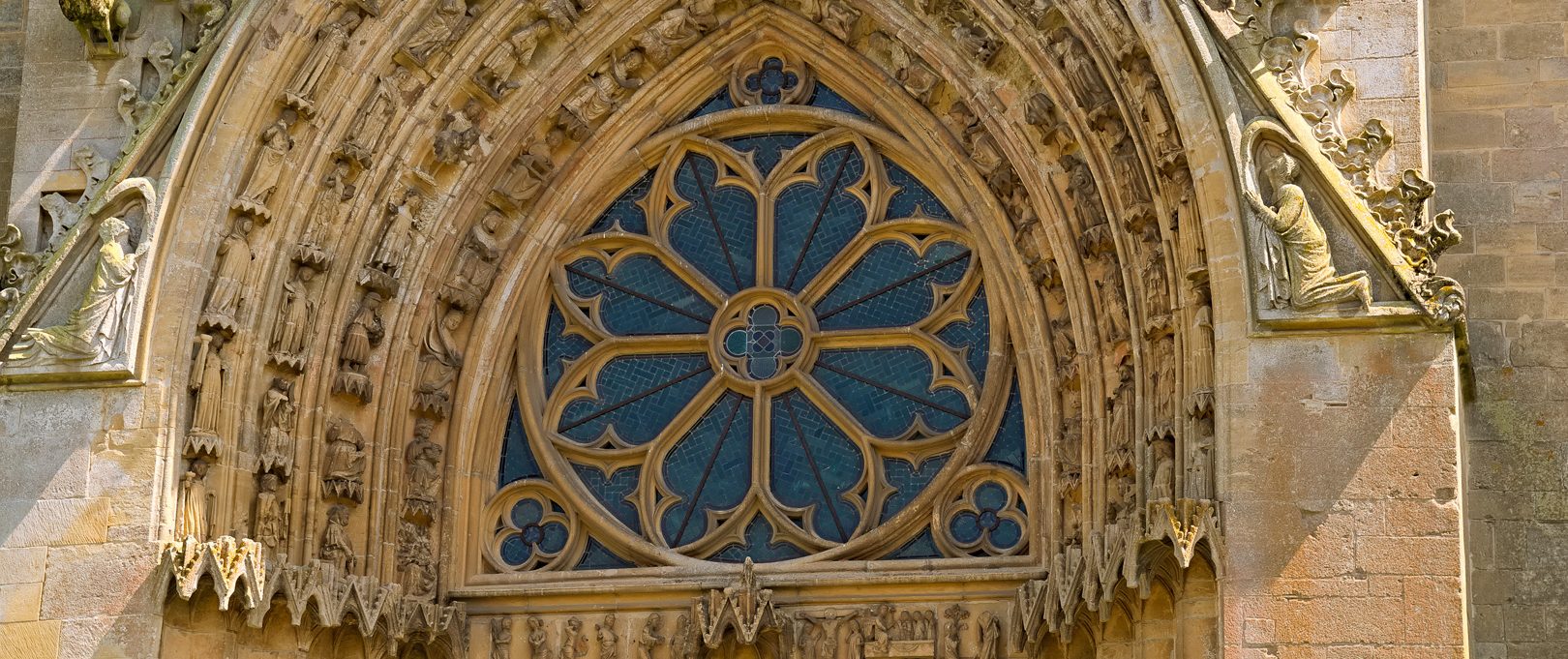Coming on pilgrimage: three steps to discover Avioth
For eight centuries, Avioth has been a place of pilgrimage to Notre Dame. Countless pilgrims and travellers have visited him to meet the Virgin Mary or simply to soak up the place. Here are three proposals to discover Avioth in the pilgrim's approach; in your own way, whether you are a believer or not.

1. Annual pilgrimages to Our Lady of Avioth

For eight centuries, the shrine of Our Lady of Avioth has welcomed "one-day pilgrims" as well as many curious people, twice a year. They come from France, Belgium, Luxembourg, and beyond, to celebrate Notre Dame. Two pilgrimage dates, in particular, make sense for this church, which is known as the Cathedral of the Fields: July 16 and August 15.
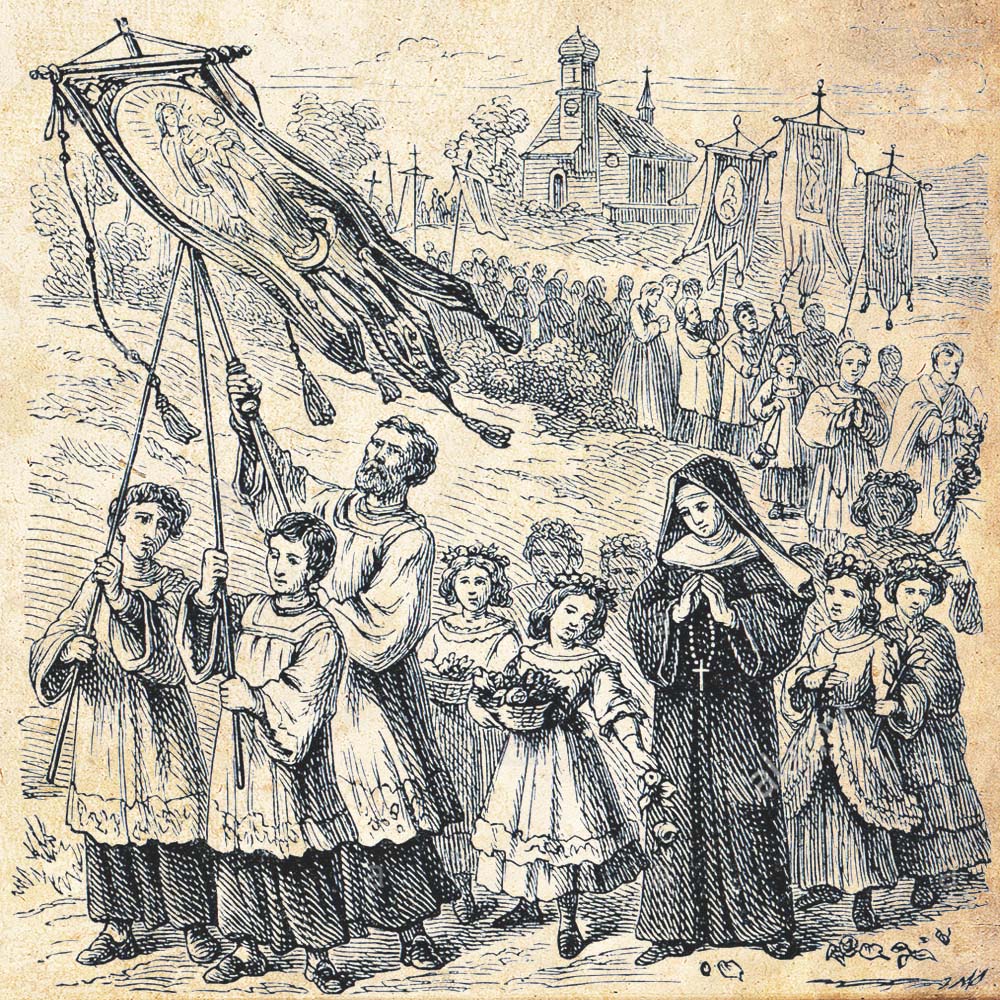
For Avioth, July 16 is a day of celebration and pilgrimage since the 13th century. It would thus correspond to the feast of Our Lady of Mount Carmel, instituted in 1209. At that time, the faithful marched in procession from a nearby church to the Avioth oratory. They came to entrust the Harvest and Harvest to the Virgin Mary. Today, the tradition is still present. In the middle of summer, Our Lady of Avioth gathers hundreds of pilgrims, sometimes from far away.
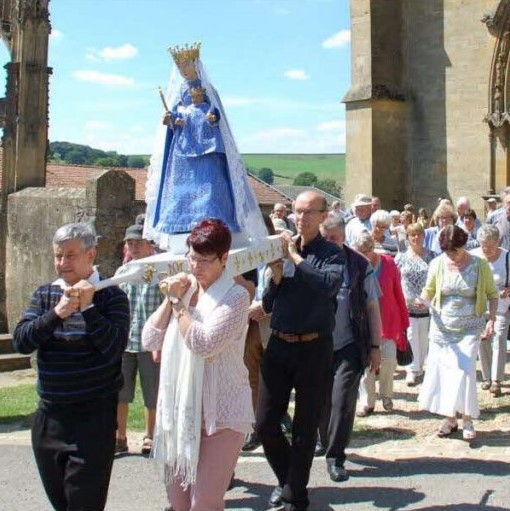
The feast of August 15th celebrates mary's ascent to heaven, or 'Assumption'. It takes place just after the harvest, so this is another opportunity to gather in the country. The Assumption is a feast shared by Catholics and Orthodox people all over the world. Avioth could not miss this opportunity to celebrate the mother of Christ!
2. The pilgrimage on foot, or "hike-pele"
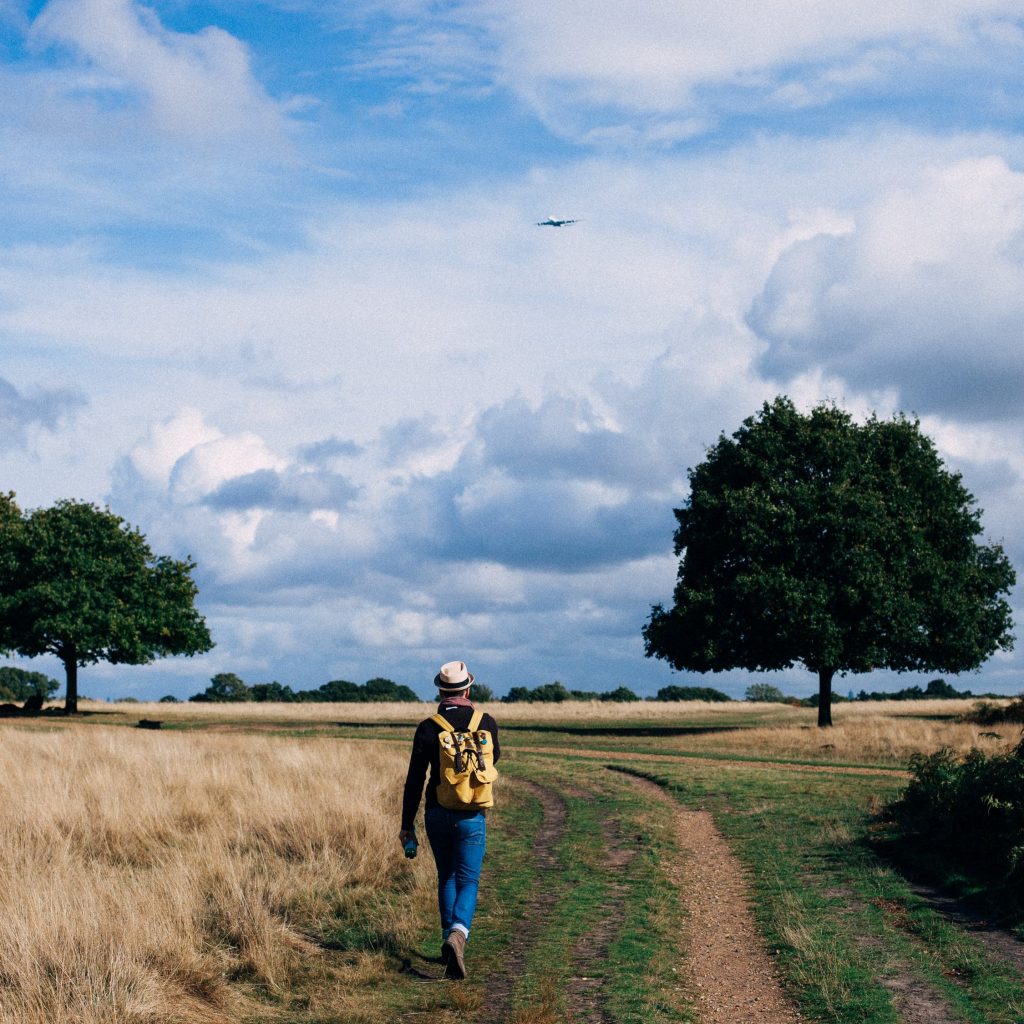
What could be more invigorating for the soul than walking through green hills? Such an approach offers the pilgrim the opportunity to immerse himself in nature. And so to slowly open his heart, until he reachs the destination: the sanctuary. Our walk – or even any other way of moving – becomes for our soul the metaphor of our de-walk; slowly, naked we prepare for the discovery of a mystery, an absolute that is revealed upon our arrival.
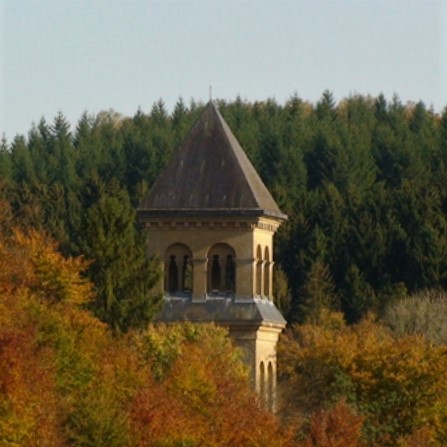
Walking to open your heart: this is the approach that the "hike" offers you. With it, you can connect on foot the three high places of pilgrimage of the region: Saint-Walfroy, Orval, and of course Avioth. The "rando-pelélé" was created in 2009; it is open to all, believers or not. The only condition is to bring a map of the region … and good walking shoes!
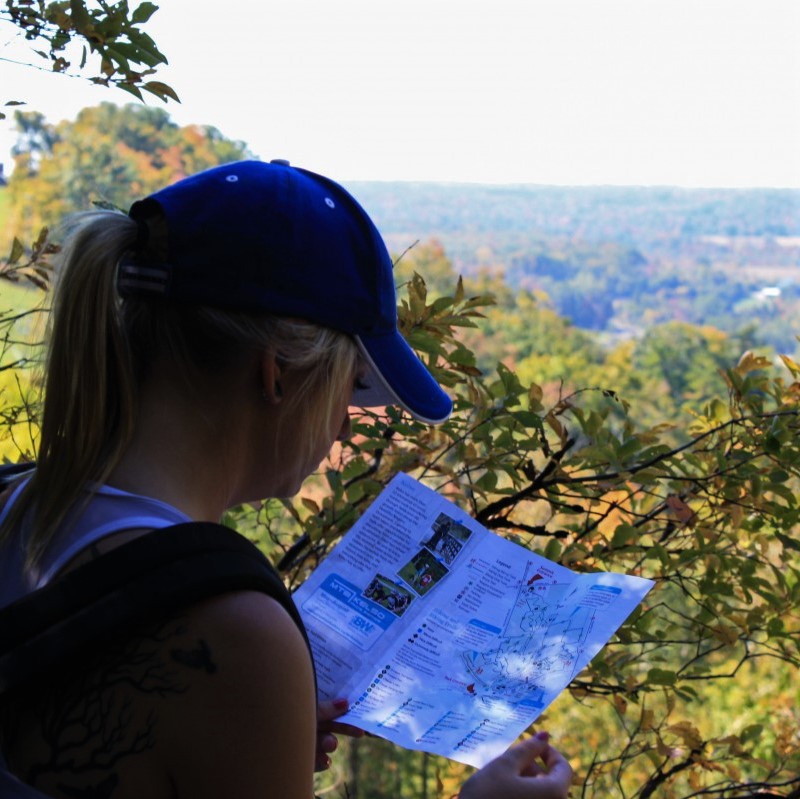
The "hike"is described in detail in a 12-page guide that will give you:
- Useful information about the route
- Contact persons to stay or camp at each of the three places visited;
- some examples of practical organization from Saint-Walfroy, Orval or Avioth.
3. The road to Santiago de Compostela
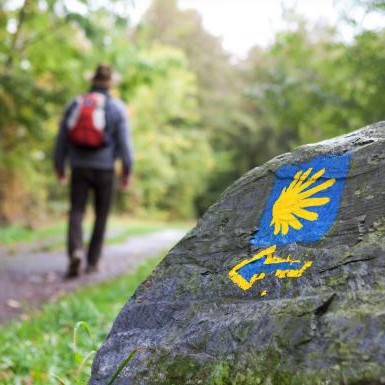
Avioth is also a step on a longer path: the pilgrimage to Compostela. Since the early Middle Ages, the Via Arduinna has guided pilgrims from the Belgian Ardennes to the roads of France, to the Basilica of Vezelay in Burgundy, the crossroads of the pilgrim routes of France.

The Via Arduinna would have existed even before the advent of Christianity in Europe. Some sources trace it back to the Celtic roots of the region. The goddess Arduinna, a Gallic deity of hunting and forests, had many sanctuaries. Today, however, this ancient Celtic road, Christianized to become a road of Santiago, has disappeared; it is being rehabilitated, thanks to an association project.
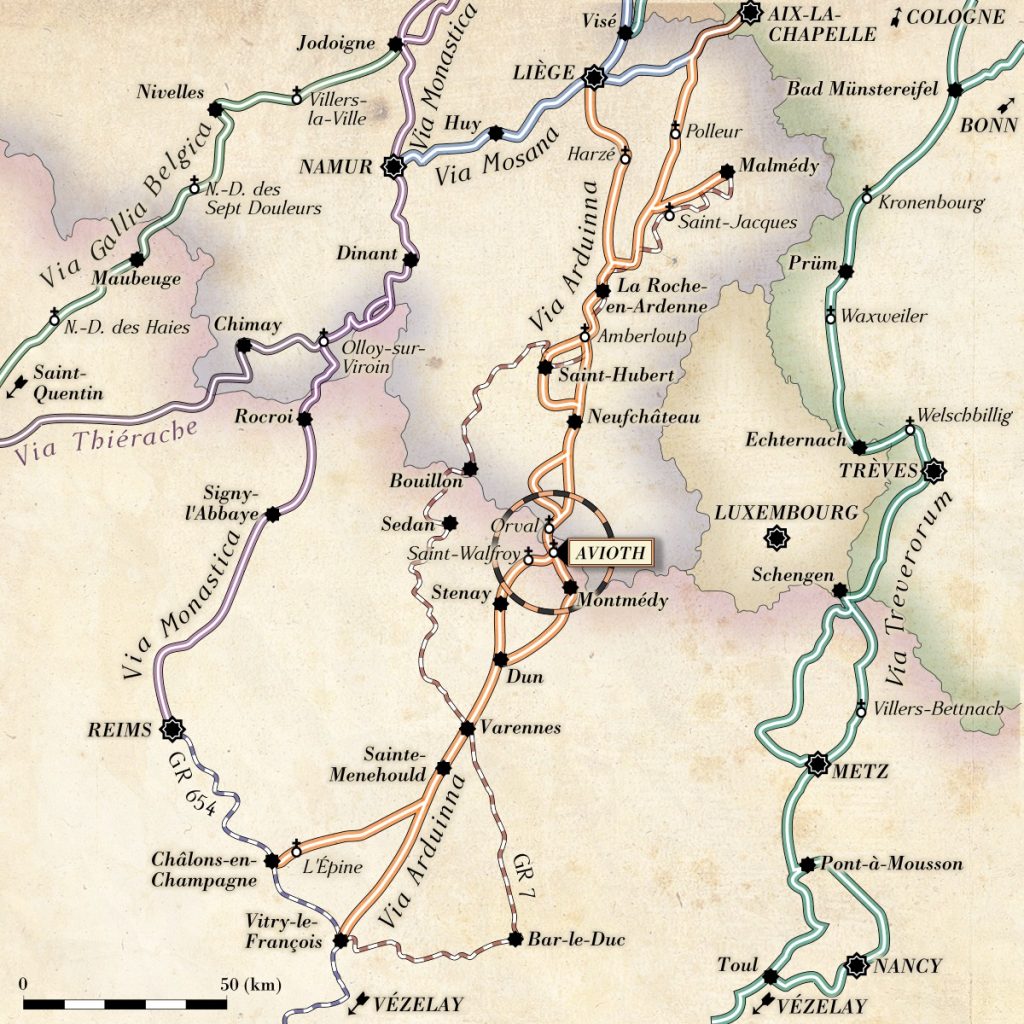
The Via Arduinna starts from Liège – or Malmédy – and leads to Vitry-le-François, where it joins the French road to Vézelay. It crossed the great Ardennes forest from one end to the other, passing through emblematic places of the region. Among them are Saint-Hubert and Orval (Belgium), Avioth and Sainte-Menehould (France).
You can follow the rehabilitation of this pilgrimage route, and support it, on www.viaarduinna.org.

